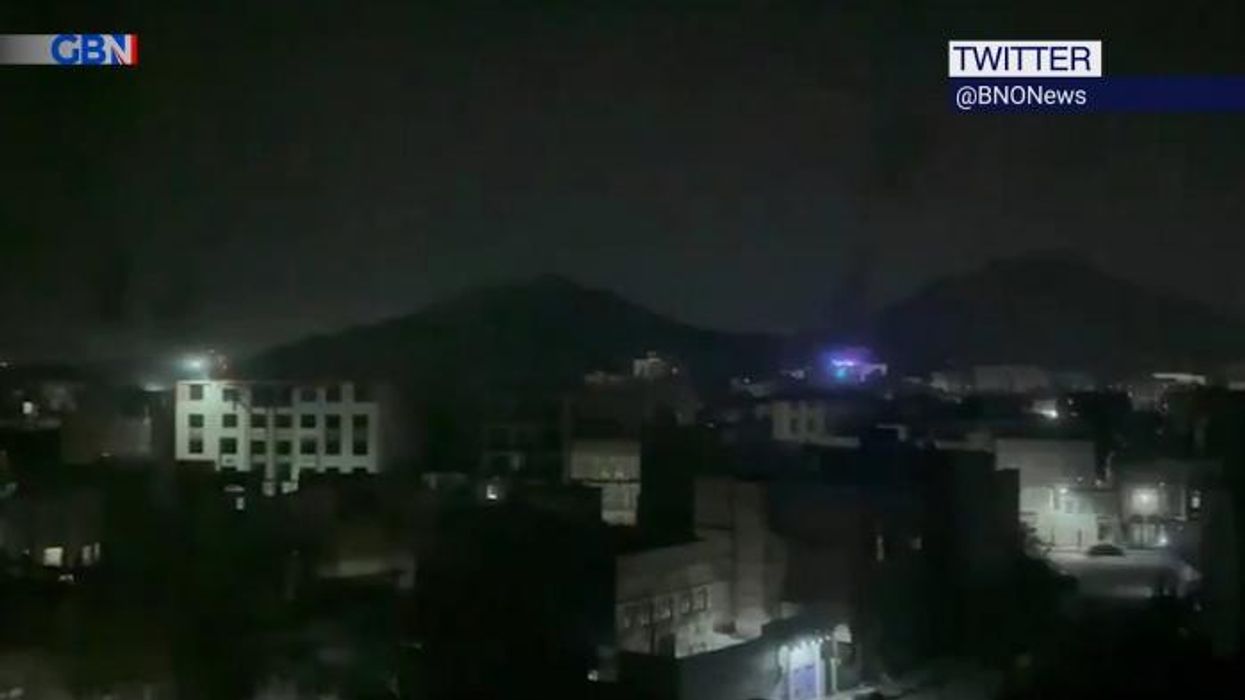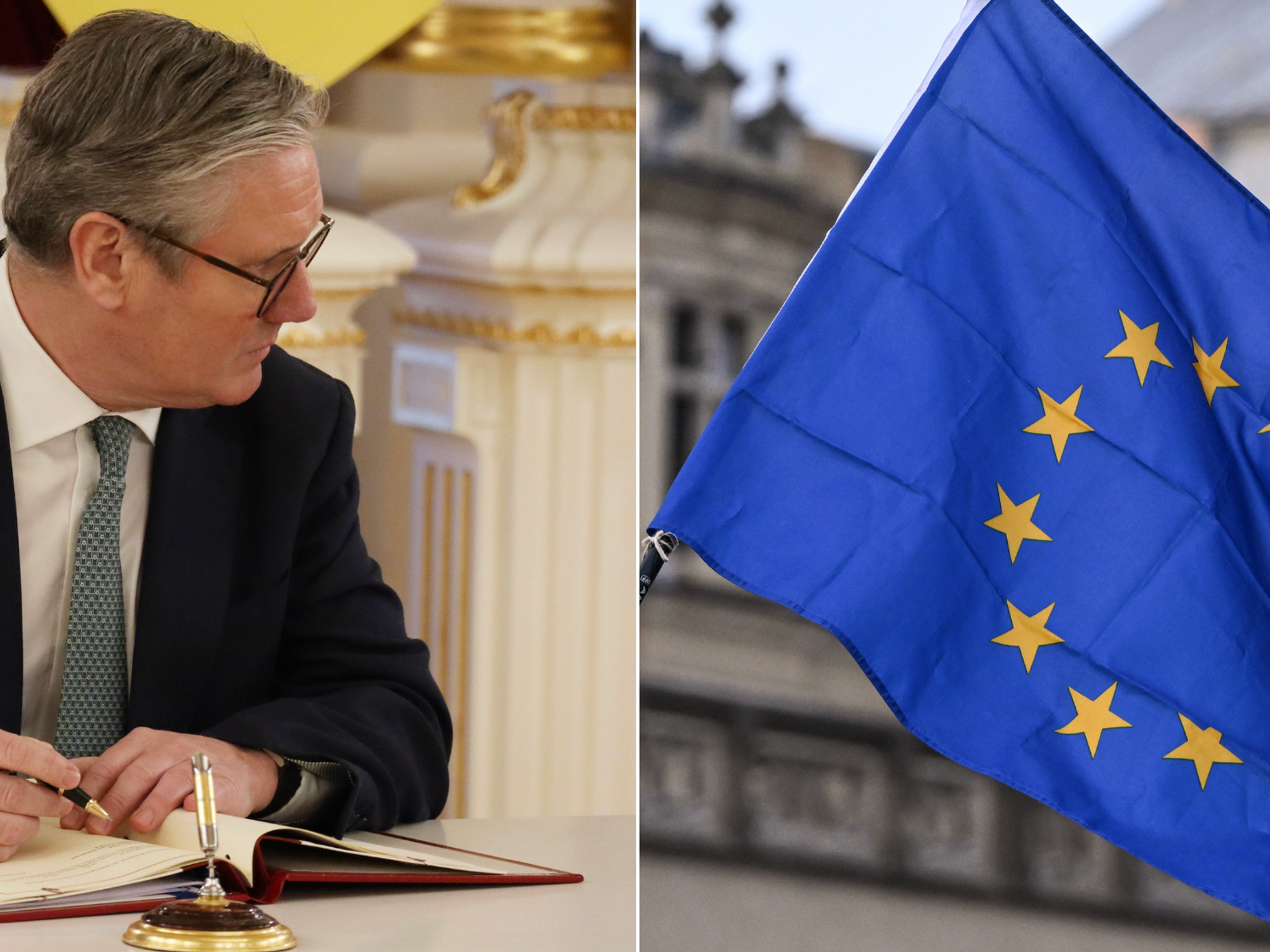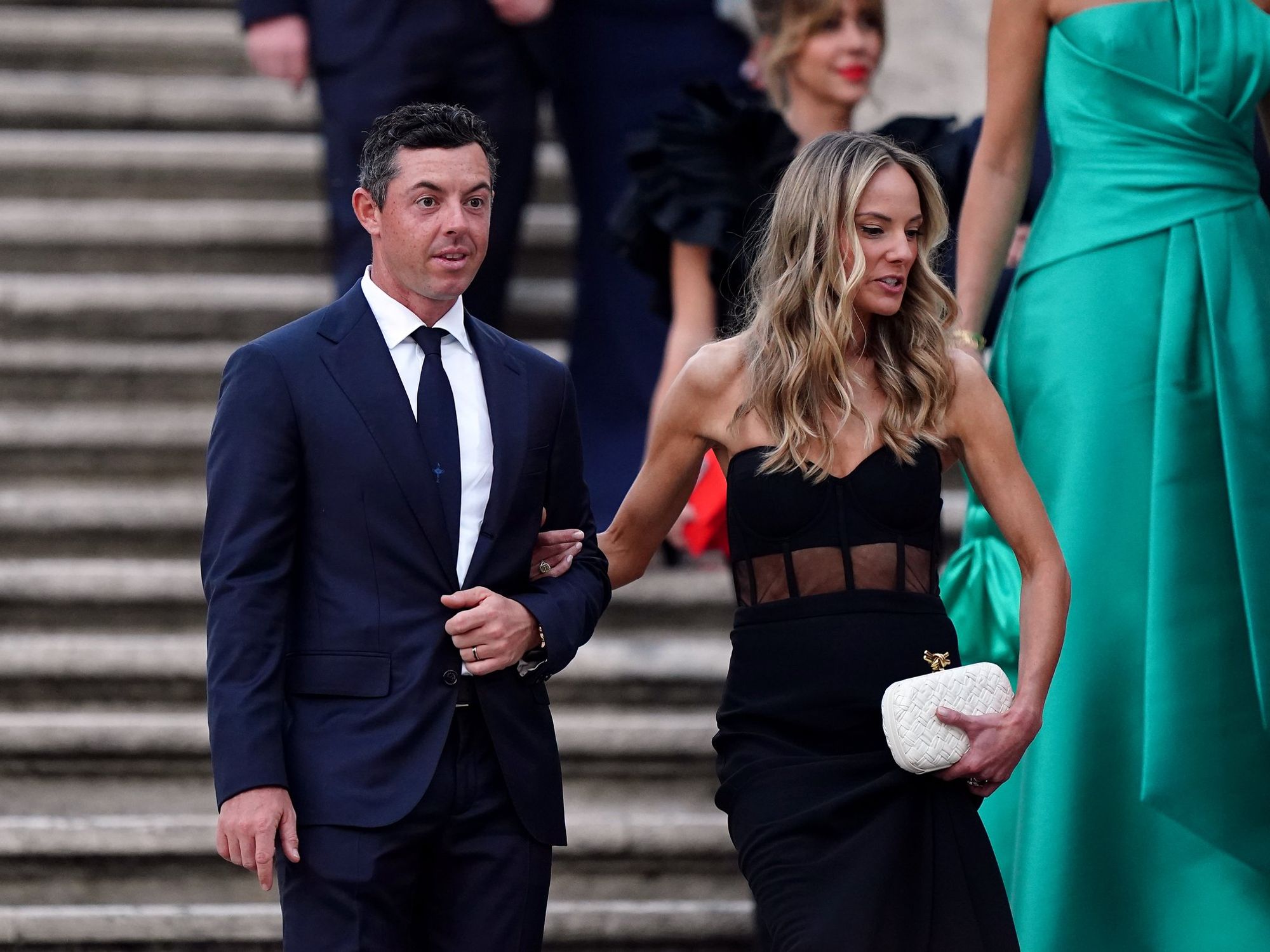'Crown jewel of British forces' arrives in Gibraltar with 'kill marks' for destroyed Houthi drones

The markings confirm reports that the destroyer shot down nine different Houthi crafts
Don't Miss
Most Read
Latest
HMS Diamond, “one of the crown jewels of the British forces”, has returned to Gibraltar – sporting ‘kill marks’ celebrating its shooting down of nine Houthi drones.
The new silhouettes support a Ministry of Defence confirmation that the destroyer was subject to three separate attacks by the Iran-backed rebel group, successfully downing nine.
Defence Secretary Grant Shapps had said on social media: “The UK remains undaunted after yesterday's illegal attack on HMS Diamond by the Iranian-backed Houthis. Our commitment to protect innocent lives and the freedom of navigation is absolutely unwavering.”
Kill marks – also known as a kill marking or victory mark – denote aerial victories, and have been used since World War I.
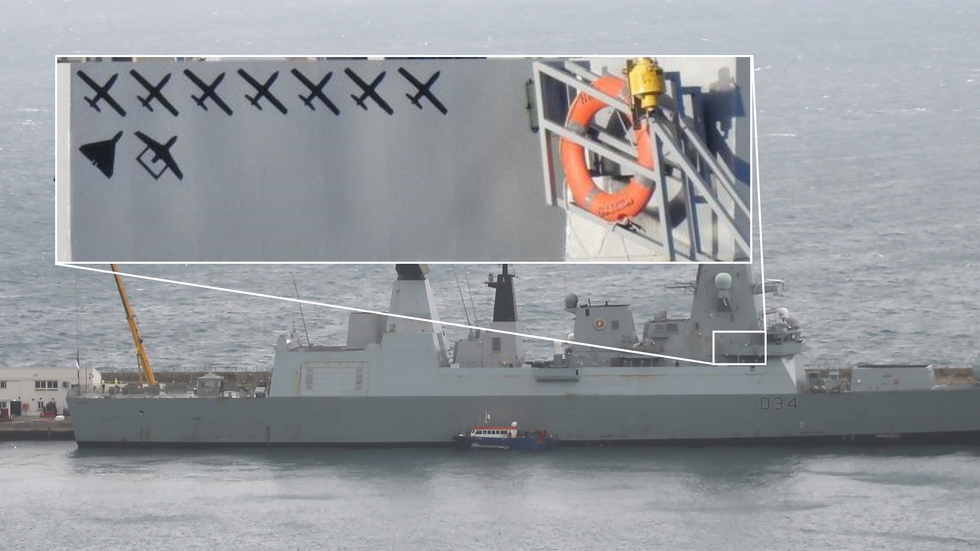
The 'kill marks' denote different types of Houthi drones HMS Diamond shot down
|X/Michael J Sanchez
One mark shows an outline similar to an Ababil-3 or Mersad-2 twin-tail drone – typically used for surveillance purposes, while another is likely a Shahed-136.
Though most appear to show outlines of Samad-2 drones, which the New York Times described as “inexpensive, small, slow and clumsy”.
Regardless of efficiency, the drones have been wreaking havoc in the Red Sea, with Houthi rebels targeting civilian merchant vessels for months.
The US Defense Intelligence Agency (DIA) said Houthi activity formed part of Iranian efforts to project power in and destabilise the region.
LATEST DEVELOPMENTS:
- UK and US warned of 'serious consequences' after airstrikes resume as Houthi rebels warn of 'response'
- UK could be dragged into more protracted conflict as Houthis are not rag-tag militia that can be easily disposed of - analysis by Mark White
- Britons despair with 'nationwide' shortage of black tea due to Houthi attacks in Red Sea
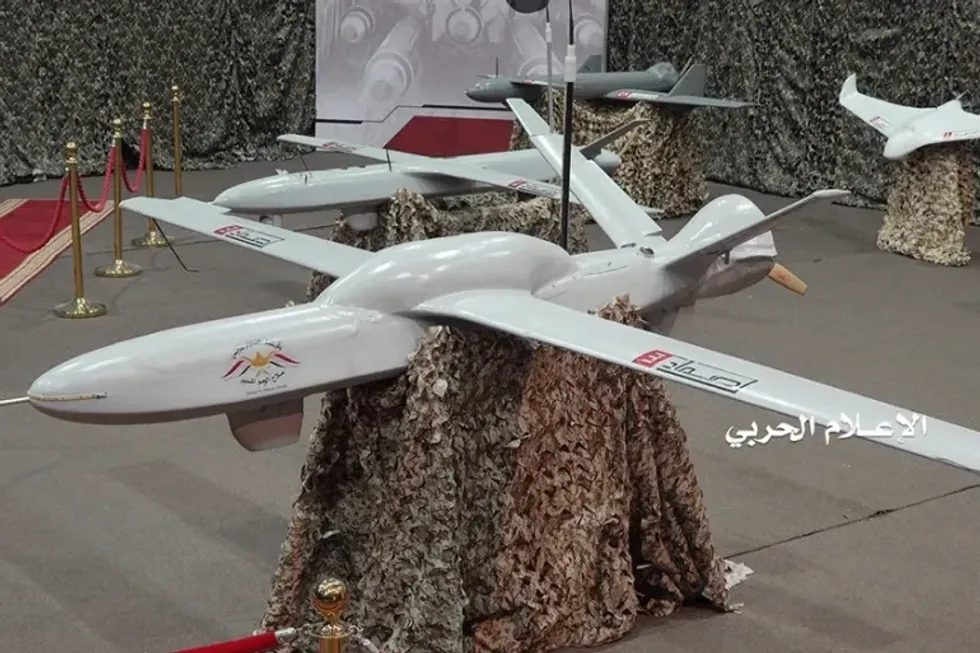
The drones, like this one shown off by the Houthis in Yemen, have been used to target ships for months
|Reuters
The navy destroyer was seen in Gibraltar over the weekend, where it arrived via the Suez Canal after completing a months-long deployment in the red sea as part of allied efforts to protect international trade.
The Royal Navy said HMS Diamond will return to the UK after sailing almost 20,000 miles of patrols since November and will be replaced by HMS Richmond.
The two destroyers are both armed with an array of weaponry and personnel – including a team of Royal Marines, a Wildcat helicopter, and a Sea Viper air defence system, the latter of which was specifically used to destroy Houthi drones.
In January, Grant Shapps said the Sea Viper system would receive “upgrades £405 million to make it the most capable air defence system ever developed for the navy”.
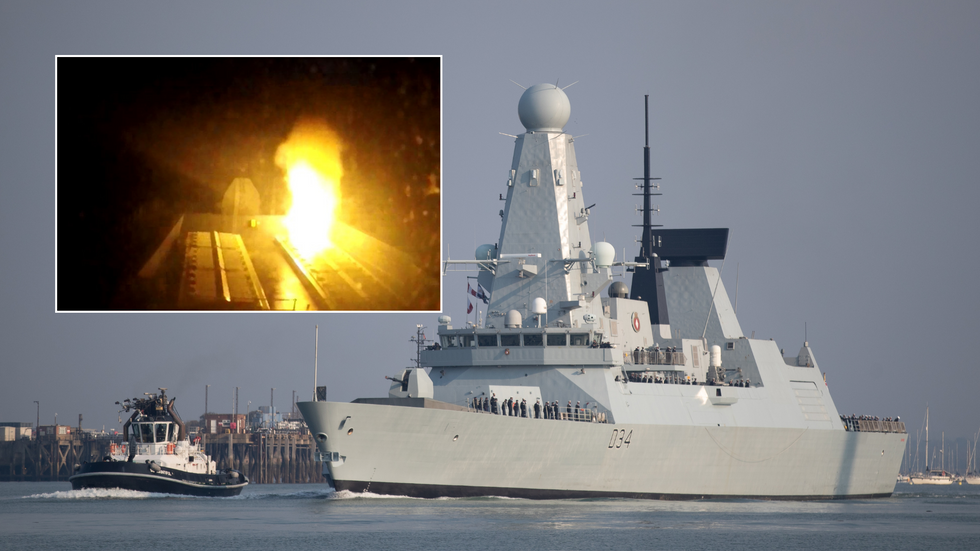
HMS Diamond had been involved in UK-US retaliatory attacks on Houthi targets
|PA/MoD
Shapps had visited HMS Diamond last week, and called the ship “one of the crown jewels of the British forces” and “a testament to British investment, initiative and inspiration”.
In the Daily Express, he said: “I thanked the crew for their extraordinary service, conscious that they had fired in anger for the first time in over three decades, shooting down attack drones targeting the free flow of commercial shipping.”
The destruction of the drones is the latest in a series of actions against the Houthis as part of Operation Prosperity Guardian, a US-led military operation comprising at least 20 allied states in response to the Iran-backed rebels’ attacks in the Red Sea.
But Tehran has denied involvement with the group – foreign ministry spokesperson Nasser Kanaani said in January that there was no reason to accuse Iran, but the gulf nation “proudly announces that it supports Palestinian resistance movements for the liberation of their land”.


